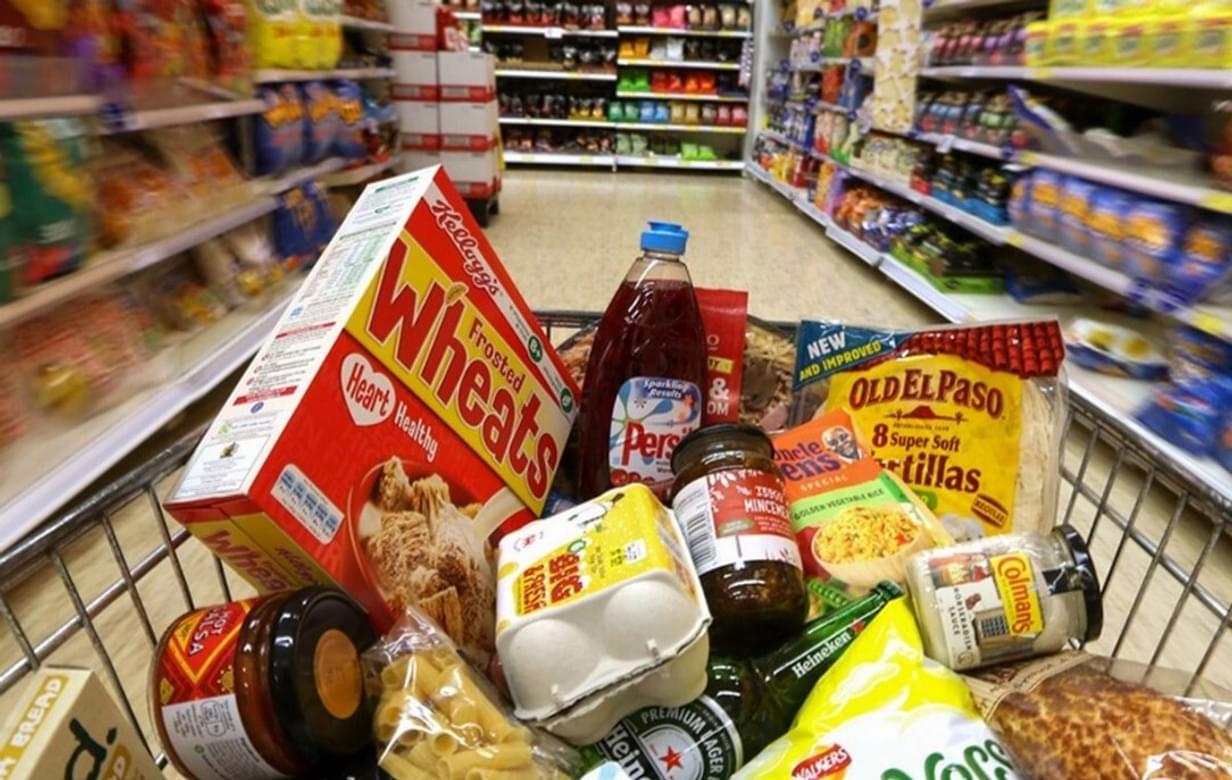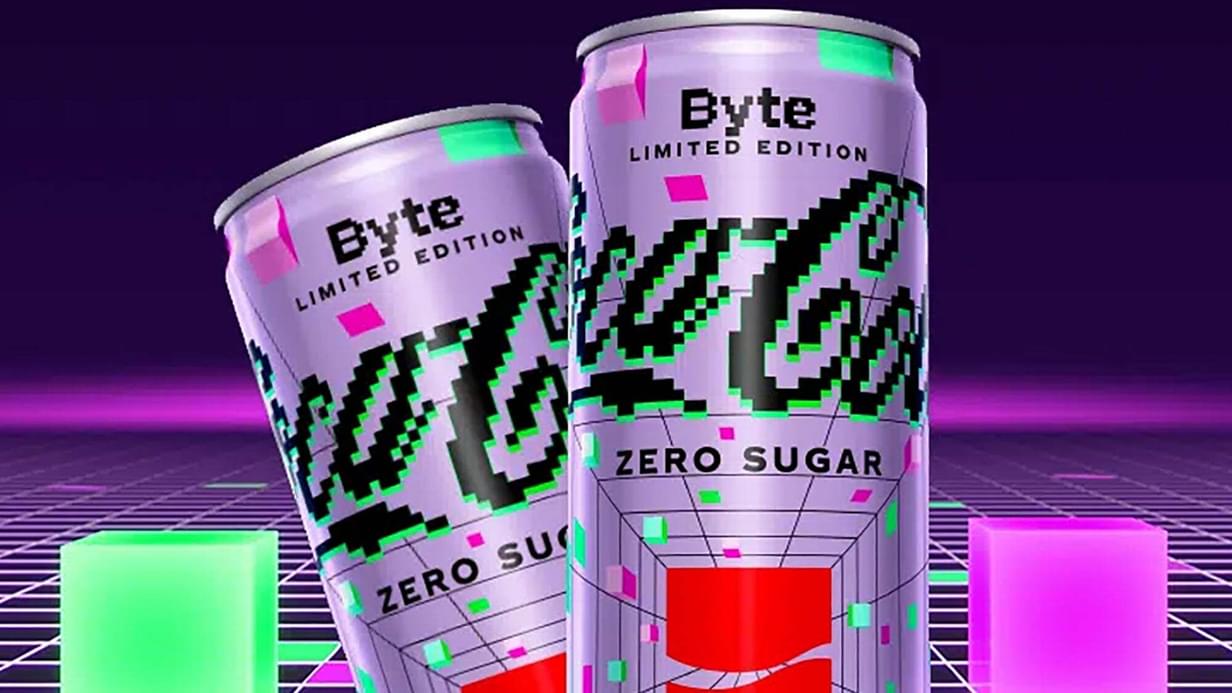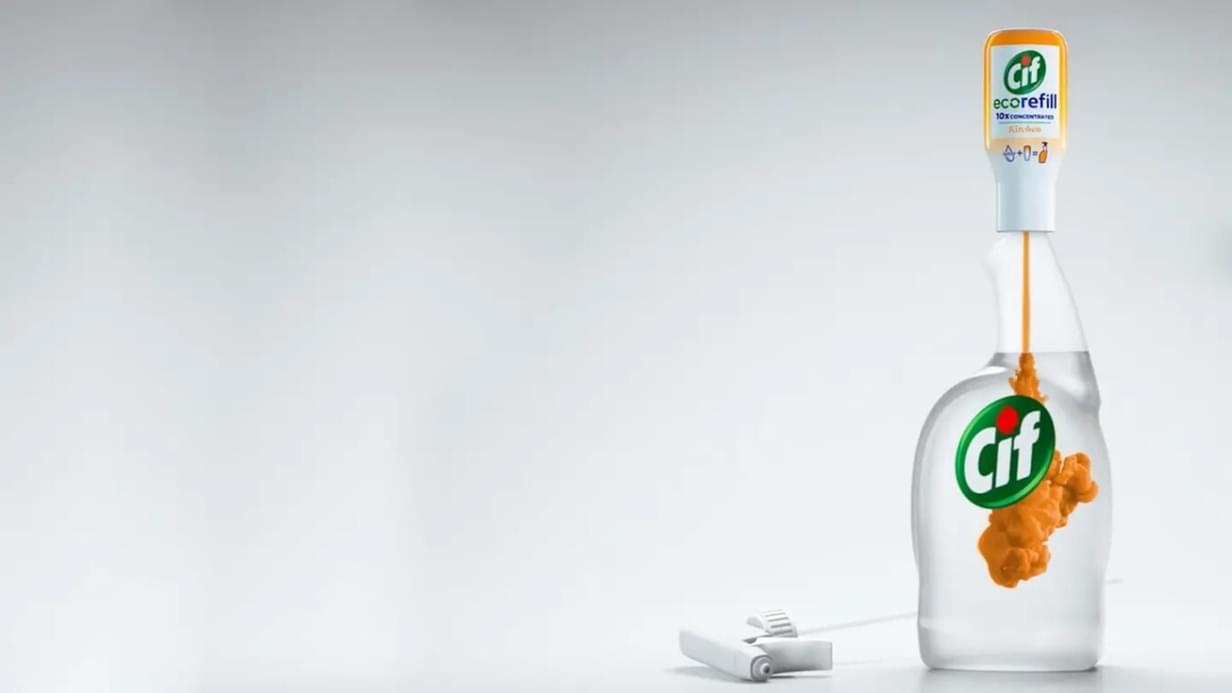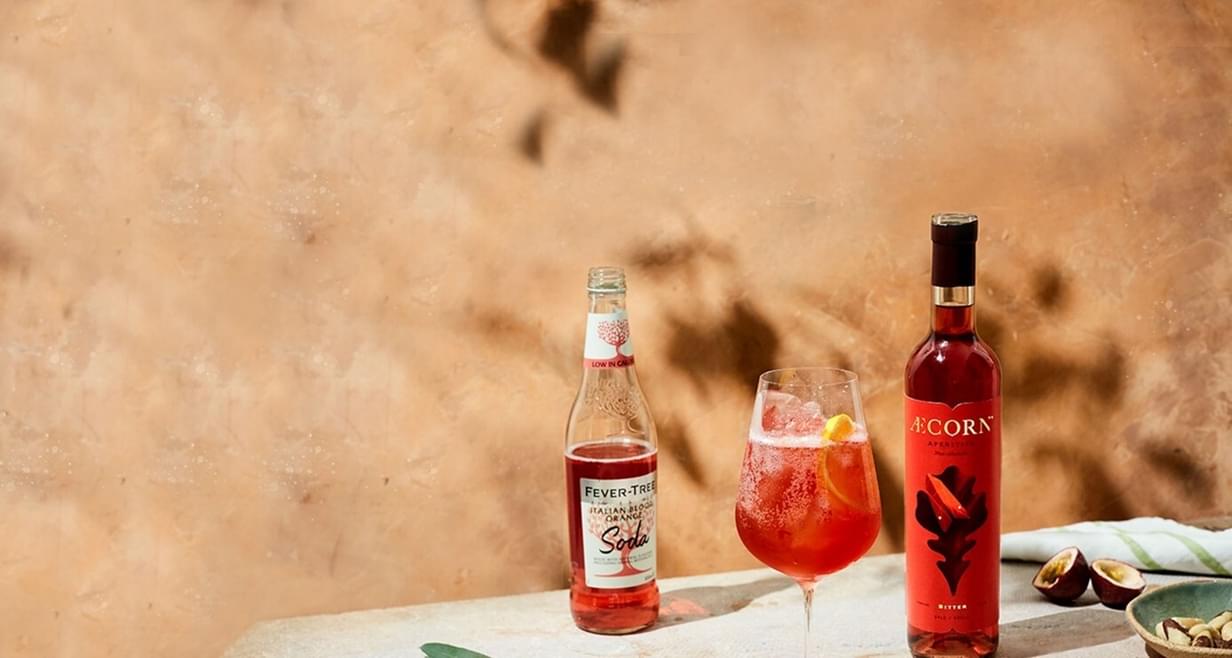7 Reasons why your product matters more
Brand building will get harder and product experiences will matter more. That was the key message to emerge from MMR’s Making Impact show that went out to hundreds of CPG professionals in May. So, what are the reasons for this, and how can manufacturers respond?
“Get ready for the product age” declared Andrew Wardlaw, Chief Ideas Officer at MMR. He was speaking on the company’s latest web broadcast for the consumer-packaged goods industry. Amidst the predominantly reductionist agenda that dominates our working days in 2022, he called on brands to follow the lead of Nitro Pepsi and generate heightened product theatre – sensorial moments that are a little less ordinary and worth paying more for.
Across the show, which featured guests from consumer forecasting agency WGSN, Æcorn (part of Diageo) and Unilever, a range of ideas were exchanged that will help anyone connected with innovation to deliver something altogether more memorable.
BRAND BUILDING WILL GET HARDER
The main backdrop to the Making Impact initiative is the belief that brands ability to communicate to mass audiences is not going to get any easier. Modern life is simply too distracting and people are less likely to encounter big brand campaigns.
Specifically, neurologists warn that the digital age (now accelerated) is detrimental to attention spans, and the recent shift in media consumption towards subscription services will create additional challenges for any brand seeking to get its message across.
Scott Galloway, in his book Post Corona, fires a warning telling companies who ‘essentially sell the same mass-produced and mediocre product’ will be in trouble as our collective memory of past campaigns fade.
Implication: ‘Product’ must become a more prominent ambassador for the brand, with innovation capable of grabbing people’s attention, landing a distinctive brand message and being more remembered.

SHOPPER EXPECTATIONS RISING
A major consequence of the last two years is that people are leading more intentional lives, focusing on what really matters – from health & wellbeing to the fate of the planet. And now the cost of living crisis means that every purchase is being subjected to higher levels of scrutiny. Every basket will be more heavily curated. As a result, expectations for the standard of product delivery will be higher.
Earlier this month, Proctor and Gamble pointed out that its product superiority strategy is helping the company weather the current economic storm.
More than ever, manufacturers must invest in packaging that sets up a superior product experience, and a product that absolutely nails it!
Implication: Careful deployment of sensory cues can support perceptions of superior product delivery. For example, using ‘satellite’ sensory cues such as sound can elevate perceptions of efficacy. Sensory led consumer research is an effective mechanism for brands to maintain an edge over private label.
EXPERIENCES WILL MATTER MORE
WGSN’s Jennifer Creevy told us that people are emerging from this pandemic emotionally exhausted. “For many, it’s like running a marathon without being able to see the finish line.”
Meanwhile, increasingly digital lives are leaving us all over stimulated and highly predisposed towards the new and the next. In it's Food & Drink Personas 2023 report, WGSN forecasts the emergence of The Sensory Seekers, who are looking to expand their world with high sensorial moments in real life and in digital environments.
Coca-Cola is being unashamedly experimental in this space with its ‘Creations’ franchise – the latest iteration being Zero Sugar Byte, a limited run ‘mystery’ beverage inspired by an 8-bit pixel aesthetic craze in the Metaverse.
Implication: Brands must elevate sensorial touchpoints across the user experience, and plan innovation that brings novelty and limited time excitement to categories.

BRANDS MUST CREATE PEAKS
In an effort to get noticed, Wardlaw believes manufacturers must move away from a culture of optimization and pivot towards maximization - “creating products that break through and build powerful memory structures, supporting mental availability.”
Three innovation strategies that meet this moment are PEAK-END RULE – creating a particularly memorable moment (with a good ending) with the potential of lifting overall perceptions of product delivery. For example, Unilever’s CIF refill was designed to be visually stunning when in action so that it triggers memories when customers are next in store. SUPERCHARGED SENSORY SIGNATURE is about making what people love about a product even more potent and harder to give up or switch to a competitor. Meanwhile, ALIGNED SENSORY BRANDING builds on the sentiment of Unilever’s Geoff Mawtus who believes that “promises made are promises kept”. In other words, every sensory touchpoint must be engineered to positively reinforce the brand or product promise. The whole becomes greater than the sum of its parts.
Implication: Product developers must identify opportunities for peak moments in the pack and product experience. What elements could be exaggerated, and how?

PRODUCTS MUST ‘REIGNITE EXCITEMENT’
As shopping missions move online, it is vital that pack and product designers factor in how they can recreate the excitement customers feel when they ‘add to basket’. Waiting for a product to be delivered builds people’s expectations, and the last thing any brand manager wants is to disappoint at first contact.
As Geoff Mawtus explains “When we shop in physical stores, the joy of buying and owning is simultaneous. However, this isn’t the case for eCommerce, and so we’ve got to design products capable of reigniting excitement at home.”
Implication: Understand how consumers react to your product once delivered. Are you making a positive impact? Are first impressions meeting expectations? How could they be improved? One way to achieve this is with MMR’s new ‘Unboxing’ research product.
SUPPORT MORE INTENTIONAL OCCASIONS
Alongside more intentional buying are more intentional occasions. As Jennifer Creevy at WGSN asserts “people are looking to get back to living in the moment, and despite feeling constrained by the rising cost of living, they are looking for ways to experience awe and wonder.”
Products already responding to this include Kate McLeod’s Body Stone which massages the skin as it moisturizes, creating a more intentional moment of self-care .
Claire Warner, of Æcorn non-alcoholic aperitifs also recognizes this trend and believes that the beverage sector must do more to create better demarcation between the pressures of daily life, and the pleasures offered by the brand.
Implications: Look for opportunities to build rituals into your pack and product experience and help consumers transition out of high stress situations. How can you make the occasion more mindful by encouraging consumers to take more time? How can you build expectations around the pleasure yet to come?

EMBRACE SENSORY PRODUCT THEATRE
To reassert distinction with private label, brand marketers must pay closer attention to the sensory experience of the pack and product.
Small sensorial elevations across the user experience offer ways for brands to make more impact and be more remembered. Chris Thoen of Givaudan has suggested that product experiences must emulate the progress made with consumer electronics, with everyday products moving from HD to 4K.
And as Richard H Thaler in the book ‘Nudge’ writes, “small and apparently insignificant details can have a major impact on people’s behavior. A good rule of thumb is to assume that everything matters.”
We think this is good advice for brand owners as they look to reassert themselves versus private label and consider new ways to service mental availability. As the digital age encroaches, brands must change tack and invest more into product delivery – literally bringing consumers to their senses and into the present moment.
The pandemic has upended, accelerated and altered consumer needs and context. Post-pandemic, we think that ‘product’ must work harder and we’ve shown how this can be done. Let’s co-create your next innovation brief and make the result more memorable. Sign up to our Making Sense season below - and catch up with the shows so far.
Winning against the competition: how to make a bigger impact in CPG
REGISTER NOW to join us live for Are You Making Impact?, a series of six expert led, actionable webinars on how to innovate smarter and engineer experiences that consumers fall in love with.